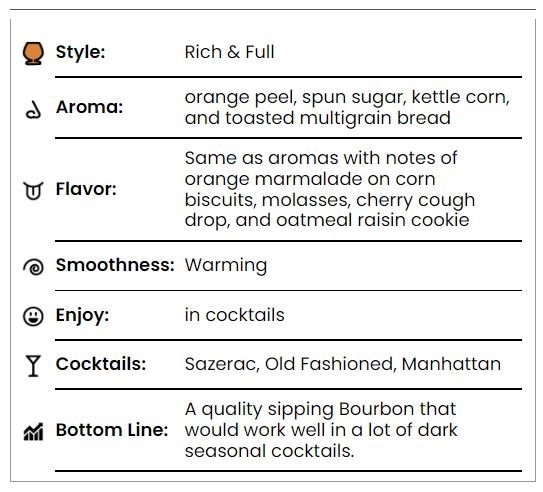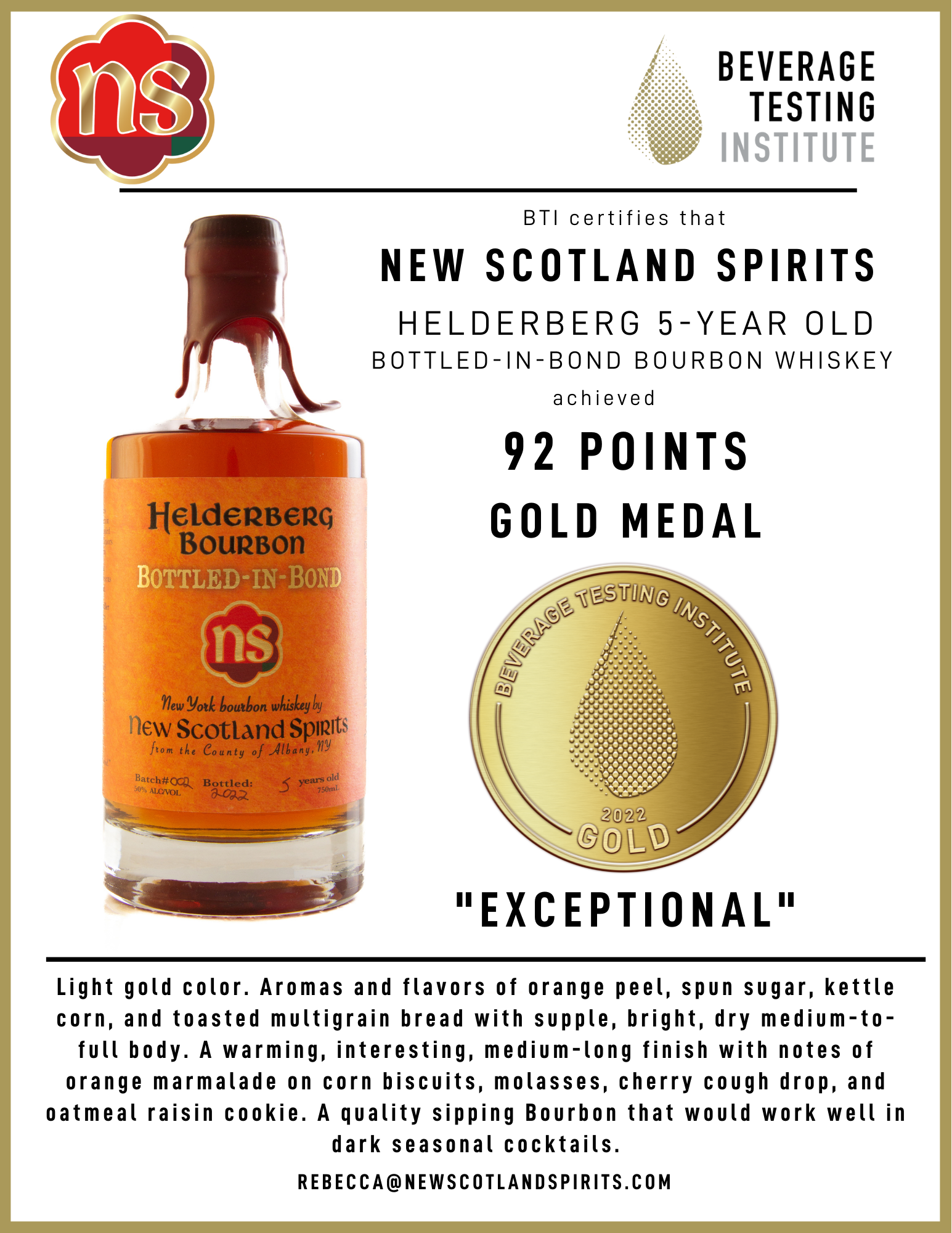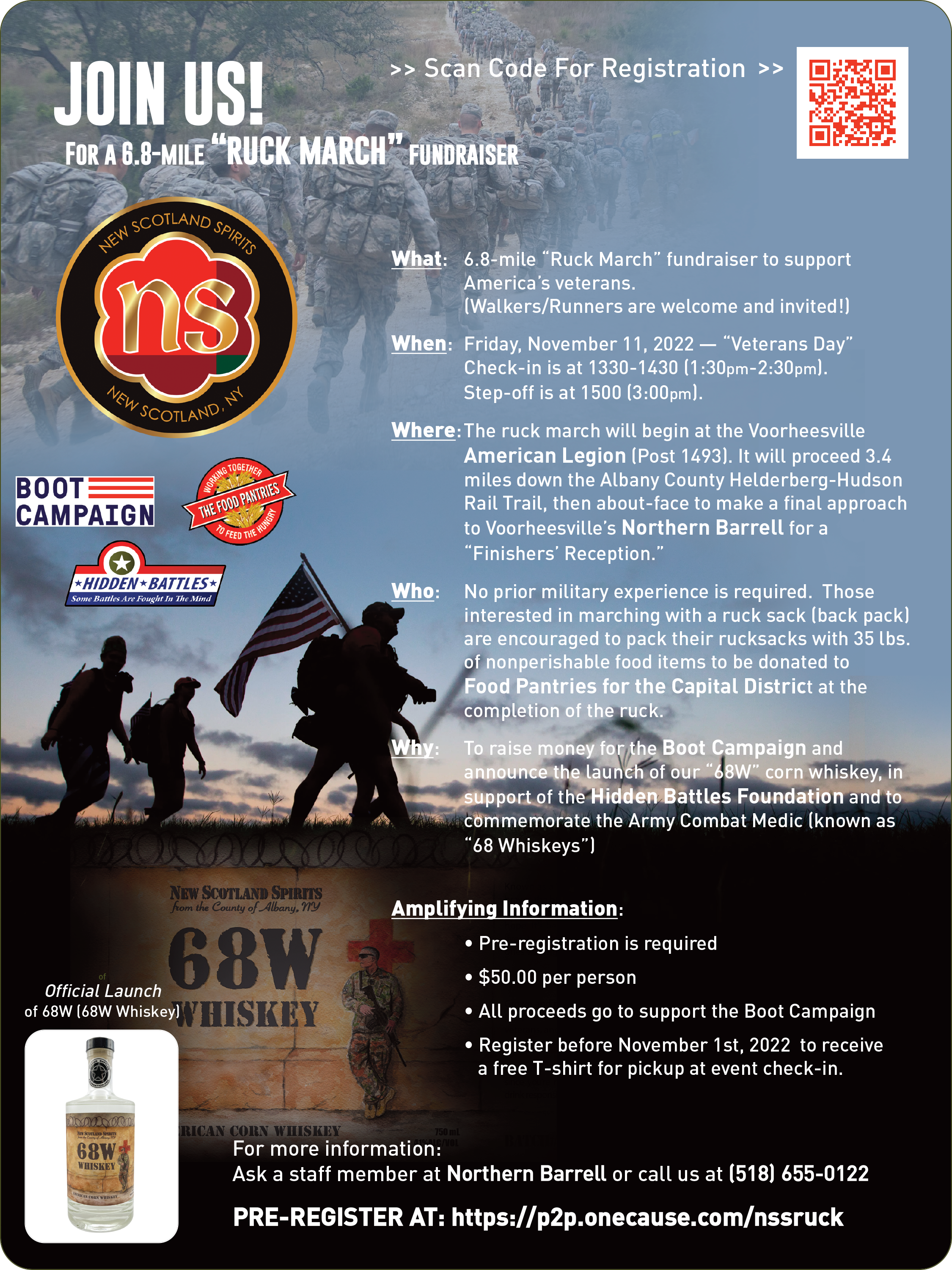Malting entails converting barley (or some other cereal grain) into malt. It’s the seed-germination process that facilitates the release of hydrolytic (water-activated) enzymes called alpha amylase and beta amylase.
These enzymes are proteins that catalyze (i.e., increase the rates of) chemical reactions. In mashing, the enzymes activated in the malted grains transform the large, bulky starch molecules into smaller, fermentable sugars (the mash).
During fermentation, teeny micro-organisms known as “yeast” convert the sugars—which are easier to digest than starch—into alcohol.
Any grain (e.g., rye, wheat, rice, corn, oats) can be malted, but barley is the most common cereal used for the production of malt in whiskey distilling because of its high starch-to-protein ratio and renowned “diastatic power.”
Most types of grain kernels produce just enough amylase to convert their own starch content, without much to spare. Barley is different. Barley makes extra amylase; each kernel can take care of its own needs, and then has some leftover. This ability to convert extra starch into sugar is what gives barley its high diastatic power.
Malting requires halting the germination process at just the right time. At the beginning of germination, amylase levels are relatively low; one of the first things a growing kernel does is make more amylase to unlock the energy to grow rapidly.
The most important aspect of malting is to stop that germination process when amylase levels are highest, but before the amylase has time to convert starch into sugar. If a germinated kernel is allowed to grow too long, it converts all its stored starch into sugar. If malting is stopped too early, the amylase levels never get high enough to convert all of the starch in the kernel.
Once the enzymes have broken starches down to sugar in the mash, fermentation proceeds in two parts: first, the yeast breaks down glucose to form 2 pyruvate molecules (glycolysis), and then the 2 pyruvate molecules are converted into 2 carbon dioxide molecules and 2 molecules of ethanol (i.e., alcohol). The alcohol which results generally comprises about 10% of what is known as the wash.
This wash is then heated, and it’s here where the alcohol is separated out via heating. Because alcohol vaporizes at a temperate of 172°F (78°C)—which is much lower than the 200°F (100°C) required to vaporize water—it boils off first. When that alcohol vapor is subsequently cooled, it returns to its liquid state: clean, clear, and under control. (Maybe she’s born with it, maybe it’s oh nevermind.)
I hope you found that interesting! Now take out your #2 pencils; pop quiz.
































